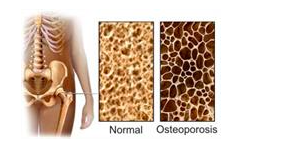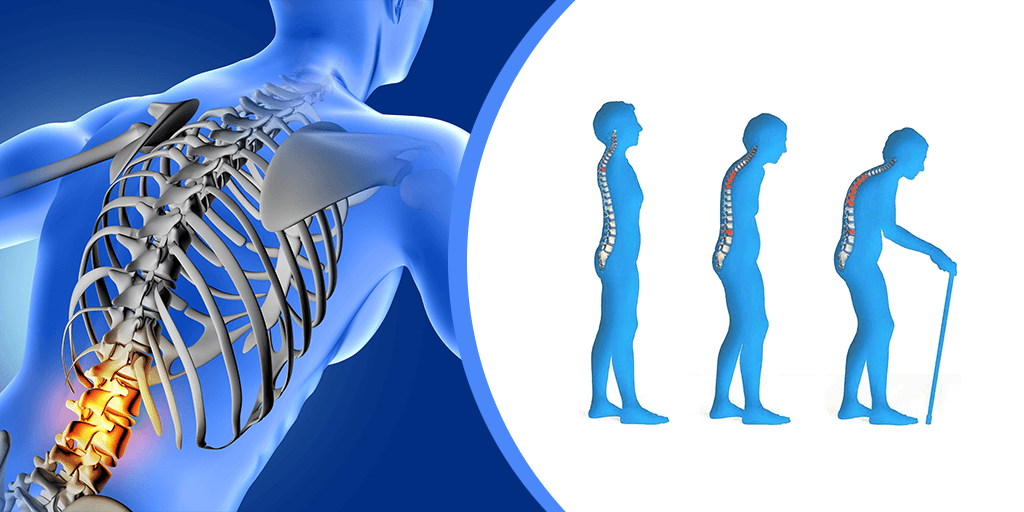Osteoporosis
Osteoporosis and osteopenia (Osteopenia is considered a precursor to osteoporosis.) are conditions that affect the density of your bones, which increases your risk of bone fractures. Although it is more more common in older females, males and younger people may also develop osteoporosis or osteopenia. There is a lot you can do to optimize your bone health and minimize fracture risk.
How do you diagnose osteoporosis?
A loss of bone density occurs when the internal architecture of the bone changes causing a decrease in bone being created. These changes occur with a change in hormone levels, aging, medications, poor nutrition, and other co-morbidities.
Two-thirds of Australians aged over 50 years have osteoporosis or osteopenia. From age 50, roughly 1 in 3 women and 1 in 5 men will sustain a fracture due to osteoporosis or osteopenia. Fractures occur most commonly at the hip, spine, wrist, arm and pelvis.
Osteoporosis and osteopenia are often thought of as a a ‘silent disease’ until it is picked up following a fracture due to posture changes. This leads to many people not knowing they have the condition, so assessing risk factors is very important. Your physiotherapist can help with risk factor-assessment which includes looking at family history, a history of a low trauma fractures, early menopause (before age 45), certain medications and health conditions, low body weight, low calcium and vitamin D. Use the Know Your Bones online tool (www.knowyourbones.org.au) to assess your bone health risk factors.
Osteoporosis and osteopenia can be formally diagnosed with a bone mineral density test. This can be arranged by your GP and may be important for men and women aged 50 years and over with risk factors.
How Can Physiotherapy Help with Osteoporosis?
The effectiveness of exercise for management of bone health and prevention of falls has been proven in many studies. A comprehensive, physiotherapy program for people who have sustained spinal fractures due to osteoporosis has also been shown to be effective in a literature.
Our team can help you optimize your bone health through prescribing effective exercises, creating a bone health plan, and dietetic input. Physiotherapists can also talk to you about any risk factors you might have for poor bone health and refer you for further assessment and management, if appropriate.
Physiotherapy forms an important component of the management of osteoporosis and osteopenia. Strategies may include exercises to optimise your posture or address postural changes, osteogenic exercises, and balance training to minimise your risk of falls.





